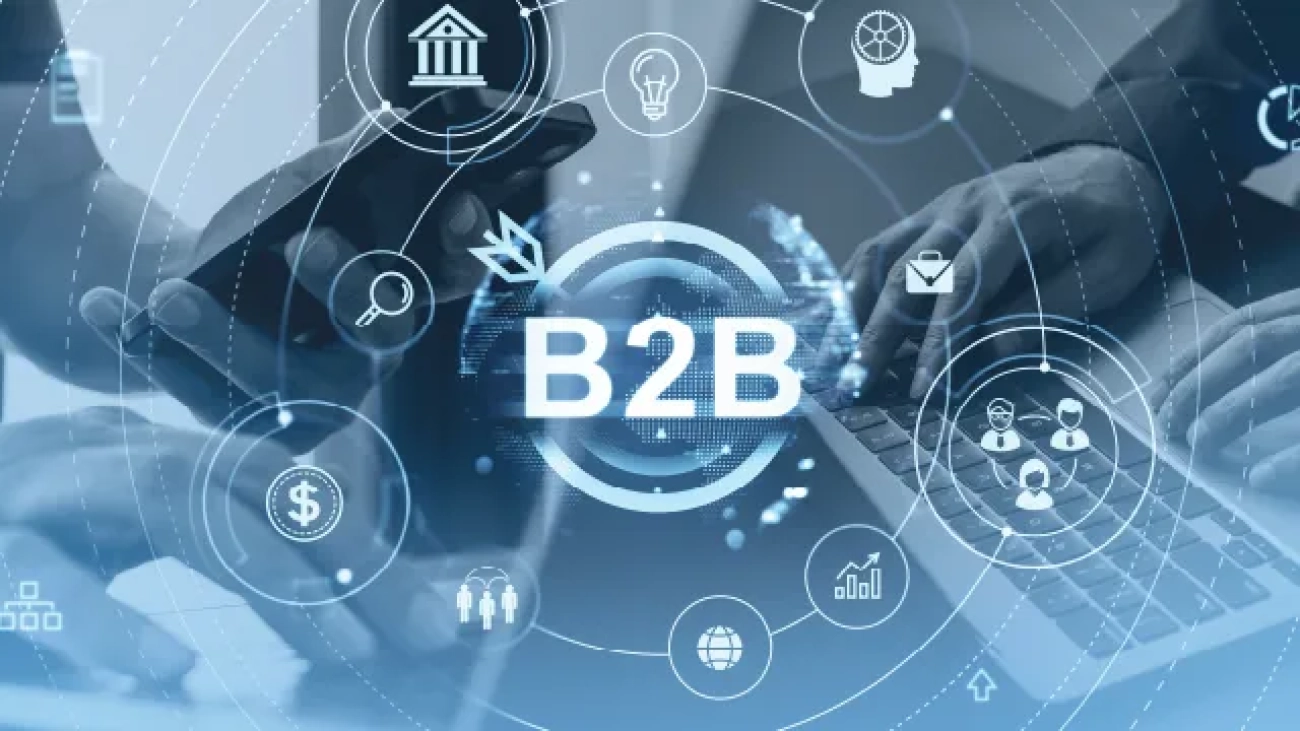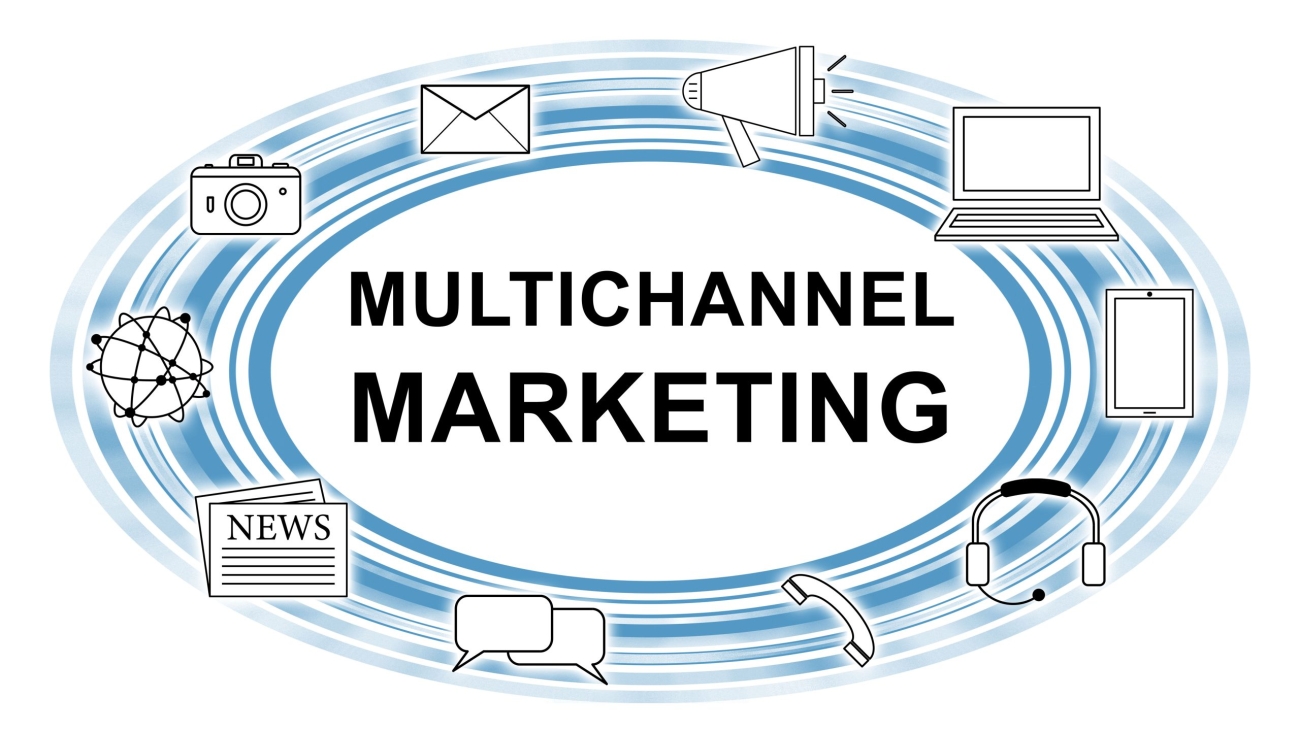In today’s ever-changing B2B marketing landscape, social media has solidified its role as more than just a brand awareness platform. It has emerged as a critical tool for driving engagement, thought leadership, and demand generation. As we progress in 2025, the social media ecosystem will continue to evolve as platforms mature, user behavior changes, and new strategies emerge.
To stay ahead in this ever-changing environment, B2B marketers must keep their strategies sharp and forward-looking. This blog explores the platforms that are poised to dominate in 2025, the strategic shifts marketers need to consider, and tangible opportunities for improvement.
Also Read: Humanizing B2B Brands in a Digital Age
Trends Shaping B2B Social Media in 2025
LinkedIn: The B2B Powerhouse Strengthens Its Lead
LinkedIn continues to be the undisputed leader in the B2B marketing space. With a user base of over 1 billion and some of the most advanced targeting capabilities, it remains the go-to platform for fostering connections with key decision-makers. Senior executives, industry leaders, and influencers rely on this platform for professional networking, making it an essential channel for B2B brands in 2025.
What to expect:
Evolving Content Formats: Marketers will need to go beyond traditional text posts. Expect to see a surge in carousel posts, short videos, and live events.
The Rise of Employee Advocacy: Employee profiles drive more engagement than brand pages, making advocacy programs vital.
AI-Enhanced Visibility: AI-powered features will play a bigger role in suggesting content, requiring marketers to optimize posts for algorithms.
🔑 Strategy Tip: Prioritize content that stops the scroll. Carousels packed with data or leadership-led video insights can draw attention.
YouTube: The Hub for Long-Form Engagement
While short-form video continues to capture audiences’ attention across social media platforms, long-form video still holds a strong appeal for B2B audiences seeking in-depth knowledge. As the world’s second-largest search engine, YouTube will be an essential tool for brands offering rich and informative content like tutorials, webinars, and industry insights.
What to expect:
Webinar Repurposing: Webinars and expert panels will be reformatted into engaging YouTube videos.
Shorts as Teasers: YouTube Shorts will attract viewers to long-form content by offering bite-sized previews.
🔑 Strategy Tip: Treat YouTube as your secondary content hub. Optimize videos for SEO with keywords, timestamps, and chapters to boost discoverability.
X (Formerly Twitter): Real-Time Thought Leadership
Despite shifting user sentiment and algorithmic changes, X will remain a go-to platform for real-time industry conversations and executive presence. In 2025, Brands will use it to participate in trending discussions and share timely insights instead of flooding feeds with promotional content.
What to expect:
CEO and CMO Branding: Leadership figures will use X for personal branding and thought leadership.
Event Activation: Live tweeting during events or launches will remain effective for real-time engagement.
🔑 Strategy Tip: Use X for agile content, whether you’re live-tweeting a conference or sharing quick reactions to industry news.
Instagram & Meta Platforms: B2B Finds Its Place
Although traditionally seen as B2C-centric, platforms like Instagram and Meta (Facebook) are gaining relevance in B2B for purposes like employer branding and behind-the-scenes storytelling.
What to expect:
Short Reels: Authentic, bite-sized videos showcasing company culture, innovation, and leadership will thrive.
Effective Retargeting: Meta’s robust ad targeting remains ideal for nurturing warm audiences.
🔑 Strategy Tip: Focus on storytelling and brand humanization. Reels featuring team members or creative processes can drive unexpected engagement.
TikTok: The Wild Card for B2B
While TikTok remains in the experimental territory for many B2B marketers, its influence cannot be ignored. Its powerful algorithm enables even the most niche to reach a wide audience, making it a unique space to showcase creativity, authenticity, and to cut through the noise.
What to expect:
Industry Education: Quick, informative videos will resonate with younger professionals.
Authenticity Wins: Brands embracing humor and relatability will perform well.
🔑 Strategy Tip: Test the waters. Repurpose existing video content for TikTok’s vertical format and measure early success.
Also Read: The Importance of Thought Leadership in B2B
Strategic Shifts B2B Marketers Must Embrace
Beyond platform trends, strategic shifts are essential for standing out in 2025’s crowded B2B landscape.
- From Promotion to Conversation
B2B buyers value meaningful engagement over sales pitches. The brands that focus on two-way conversations will see better results.
- Ask questions and respond actively to comments.
- Highlight customer success stories and user-generated content.
- From Company Voice to Human Voice
People connect with people. Empower leadership and employees to share authentic, humanized content on social platforms.
- Encourage leaders to establish personal brands.
- Provide team members with branded templates, content prompts, and training.
- From Vanity Metrics to Pipeline Impact
Social media metrics like likes and shares will hold less weight in 2025. Instead, marketers will need to measure the true business impact of social efforts.
- Leverage LinkedIn’s and Meta’s attribution tools.
- Focus on tracking content-assisted conversions and deal influence.
Opportunities for Improvement
- Integrate More Data-Driven Insights: Incorporating statistics and studies would make platform-specific claims more compelling. For example, sharing LinkedIn’s rising engagement rates would enhance credibility.
- Visual Aids to Simplify Ideas: Adding infographics, charts, or even brief platform comparison tables would improve engagement and readability.
- Case Studies for Real-World Validation: Including brief examples of successful B2B campaigns for each platform would enrich the content and make it actionable for readers.
- Emphasize Community Building: Expand on fostering online communities as a key trend, showcasing how brands can build loyal followings on social platforms.
What Winning Looks Like in 2025
To thrive in the evolving B2B marketing landscape of 2025, marketers, marketers must focus on relevance, consistency, and value-driven content. Success would rely on the alignment of each platform’s strength with the overarching strategic objectives:
- LinkedIn: Build thought leadership and nurture leads.
- YouTube: Educate audiences with optimized video content.
- X: Foster real-time industry discussions.
- Meta/Instagram: Humanize your brand and engage through storytelling.
- TikTok: Experiment and connect authentically.
Final Thoughts
In 2025, marketers would need to blend proven strategies with platform-specific tactics. B2B marketers will need to employ informed empathy (blending data and empathy) in all forms of content that would display authenticity, and leverage the power of social media to connect with their audience.
Ultimately, the brands that create social media experiences that resonate, educate, and inspire, will lead the way, shaping the future of B2B marketing.










